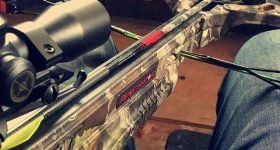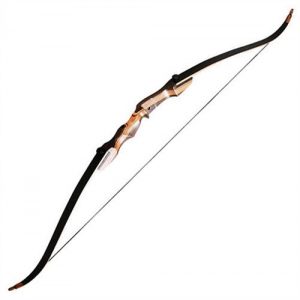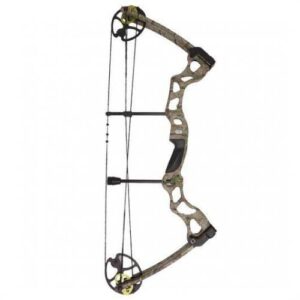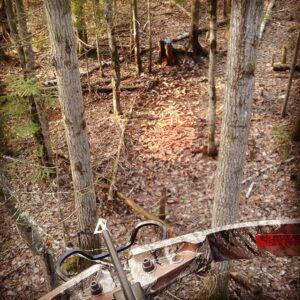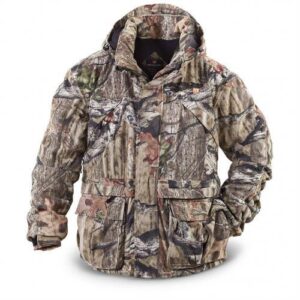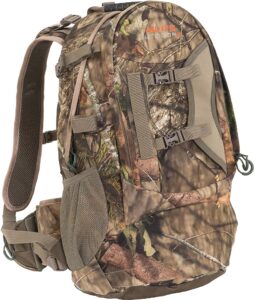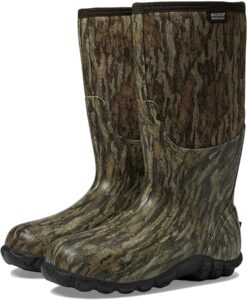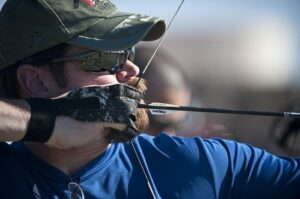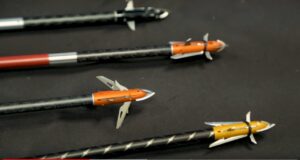The crossbow is designed for easier drawing compared to a compound bow. A new crossbow package ships with the crossbow and the necessary accessories, which you must put together using only simple hand tools. For a successful hunting experience, there are five crossbow accessories that you need to have in your collection of archery equipment in addition to an excellent crossbow.
Crossbow Scope
The crossbow scope facilitates long range shots and helps ensure shooting precision. Mounted onto the top of the crossbow stock, this component serves basically the same function as a scope mounted onto a rifle. Although the fiber optic sights, laser sights, red dot sights or scopes can come pre-installed, this may not always be the case. Some crossbow companies offer such gear separately, necessitating that the sighting device and rings be mounted by the user as well. Nearly all models of crossbow scopes come with a red dot or optical scope. You can use either a single red dot or a triple red dot scope. You can also choose between a single reticle or a multi-reticle optical scope. Otherwise, you can always get a laser sight.
The scope carries a basic design that features a long black tube, at one end of which is an eyepiece equipped with an ocular lens. Before shooting, you should completely learn how to adjust the crossbow scope.
Cocking Device
Typically mounted on the crossbow stock, the crank cocking device is a small, hand-operated winch that enables you to wind a small crank handle to cock the crossbow. This component may be designed as an add-on. Other cocking devices ship as part of a complete crossbow package. You can use a high power crossbow effortlessly thanks to how the crank cocking device is quite easy to turn. With a cocking device, even shooters with physical disabilities can enjoy hunting and shooting.
The cocking device can be manually cocked by choice. This works well for those with the physical strength to carry it out. This is the best option and is also the simplest. A rope cocking device is also simple to use aside from being relatively inexpensive. It enables you to cock the bow using only half the force used in manual cocking, so working with a highly powerful bow is made much easier. Generally, rope cockers also improve accuracy. Providing a major mechanical advantage, crank devices enable centering of the string in the trigger, also providing accuracy like rope cockers.
Crossbow Case
You wouldn’t want to travel with your crossbow bouncing around the trunk of your vehicle and causing the vital optics to get bumped out of shape. This is where a good quality crossbow case proves to be highly useful. Quality crossbow cases deliver soft sided protection for the most vital crossbow components. The are well made and highly functional, with enough space to fit most crossbows. You want a tough nylon shell that encases thick foam padding to offer protection for your gear. Some crossbow cases even have an external quiver in which you can place your arrows or bolts.
You want the zipper to allow you easy access to what’s inside, so crossbow cases with a heavy-duty 330-degree zipper will be an ideal option. This means you won’t have to detach your crossbow quiver in order to get the crossbow case shut. Shoulder straps are great for transport, and removable and adjustable ones even more so. The crossbow case should have rigid side panels and double seam construction for lasting use.
Crossbow Broadheads
Field points and broadheads ensure a good level of penetration. You can choose between fixed broadheads and mechanical broadheads to take down a trophy kill effortlessly. With a fast arrow, you can shoot better using a mechanical broadhead compared to using a fixed blade broadhead. Fixed points and broadheads generally exhibit extremely different characteristics even when they carry the same weight.
The blades of a fixed-blade broadhead are engineered to be rigid and immovable on the broadhead. The blades of a mechanical broadhead are deployed in flight, thus raising the level of lethality against the target. The blades swing out to drive the projectile faster. Mechanical heads fly better thanks to their streamlined design, but penetration levels are lower since they already utilize some kinetic energy during blade deployment. Bullet shaped with a sharp point, target points are geared to effortlessly penetrate target butts without excessively damaging them. Field points, which have a characteristic shoulder, ensure that missed shots are not easily stuck in obstacles including tree stumps.
Crossbow Target
Back then, choosing a crossbow target was an easy and less daunting task compared to what you contend with today. With today’s crossbows being made for efficiency and energy storage more than ever, crossbow targets have kept up with the fast pace by being made using technology all their own. Today’s crossbow targets come in four types namely, 3D competition targets, 3D practice targets, layered foam block targets and bag targets.
3D competition targets are available in a variety of proportions, sizes, [positions and shapes. They duplicate a game animal in the water or the woods. Built to withstand arrows from multiple archers, 3D competition targets have scoring rings, which can be utilized using either the IBO or the ASA scoring method. Layered foam block targets are some of the most durable and economical on the market. Portable and lightweight, they employ a simple design and can be used with field points as well as razor-sharp broadheads. Bag targets enable easy removal of arrows and feature a fiber fill that can stop an arrow in high velocity flight adequately while allowing easy removal of the projectile.
